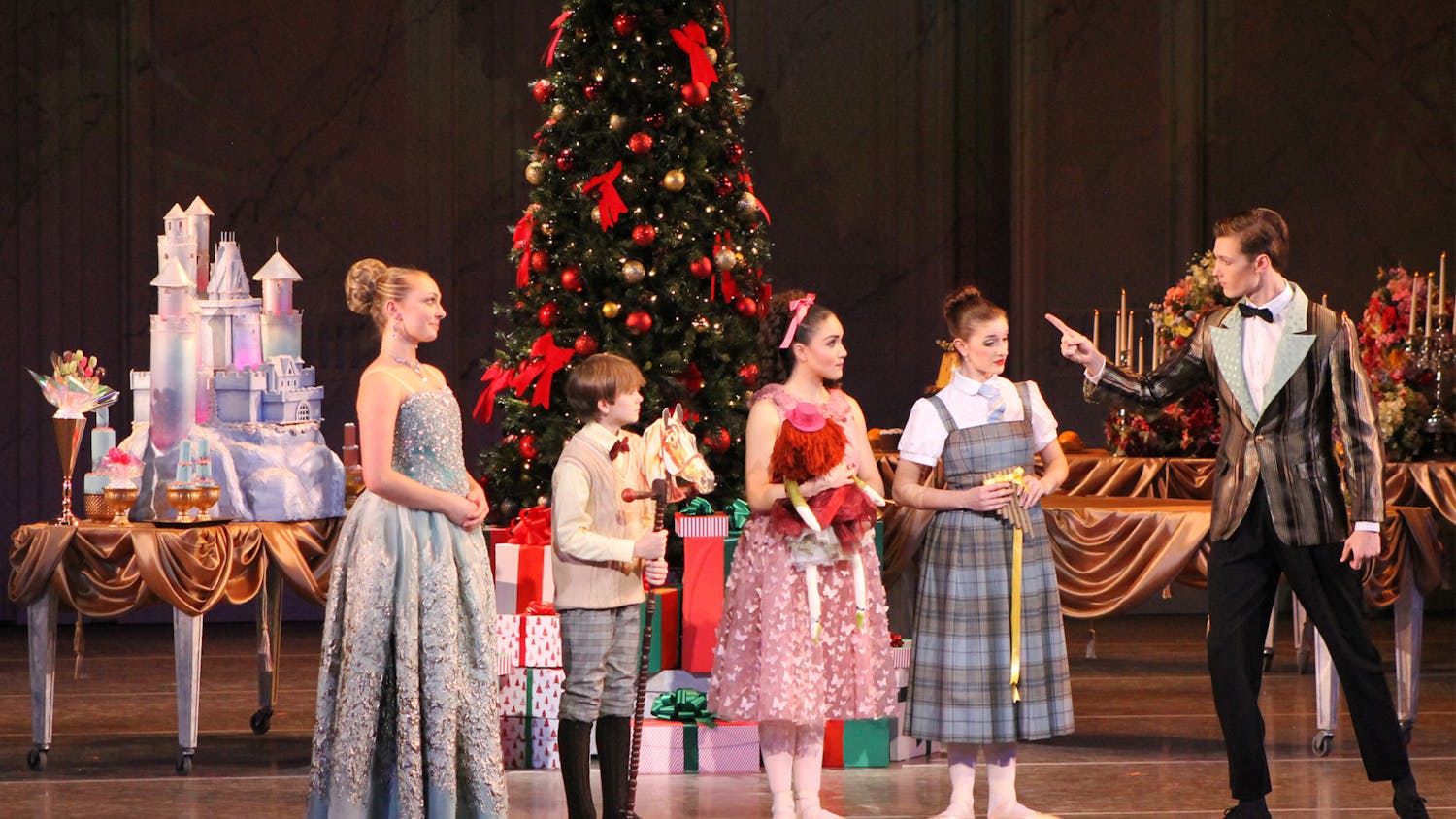Tall colorful candles, skeleton puppets and sugar skulls made up an altar at La Casa Latino Cultural Center to please the dead and the living. Latinos Unidos and Gamma Phi Omega sorority celebrated Día de los Muertos, also known as The Day of the Dead, Tuesday with food, fun and remembrance. \nAntonio de la Cova, a visiting assistant professor in the Department of Latino Studies, gave a presentation after the festivities and enjoyed seeing children learning about cultures other than their own.\n"I think it's very important because it gives kids a more knowledgeable outlook, making them more diverse," he said. "When they grow older, they'll be more open-minded about (other cultures)."\nChildren colored pictures of skulls, listened to stories about Day of the Dead and made marigolds out of tissue paper. The adults that attended the event were able to honor their loved ones with a more symbolic ritual. Gatherers wrote the names of the deceased along with messages on pieces of paper and put them into a candle that made the paper disappear into flames. After the ceremony, guests enjoyed a presentation about the history of Day of the Dead. \nDay of the Dead is one of the biggest celebrations in Mexico. The holiday was originally an Aztec celebration that took place in August. However, in an attempt to convert the natives to Christianity, the Spanish changed the date so that it coincided with the Catholic All Saints Day. La Casa Director Lillian Casillas mentioned the date change in her presentation of the community altar constructed by students. Though the altar was somewhat small, it represented something bigger for Casillas.\n"This is my way of still celebrating it. It's a very sharing experience," she said. "The whole concept of remembering people attracts people of any culture; we all have someone we'll never forget."\nPersonal items of the deceased adorn the altars in order to keep their spirit alive. Favorite foods of the deceased are also placed on the altar for consumption, along with a water basin so the spirits can wash when they leave. Sugar skulls are also a common sight during the holiday. The Aztecs decorated their altars with the actual skulls of their dead, a tradition that has evolved into the modern-day use of decorated sugar skulls. The name of a dead relative for whom the altar is dedicated is written in frosting on the forehead of the candy.\nLatino students like sophomore Barbara Alvarado feel pride in having such a rich holiday be part of their culture.\n"Some cultures just bury their ancestors and forget about them," Alvarado said. "But for us, it's a celebration of their lives, every year."\n-- Contact staff writer Felipe Maya at fmaya@indiana.edu.
Día de los Muertos celebrated at La Casa
Get stories like this in your inbox
Subscribe





